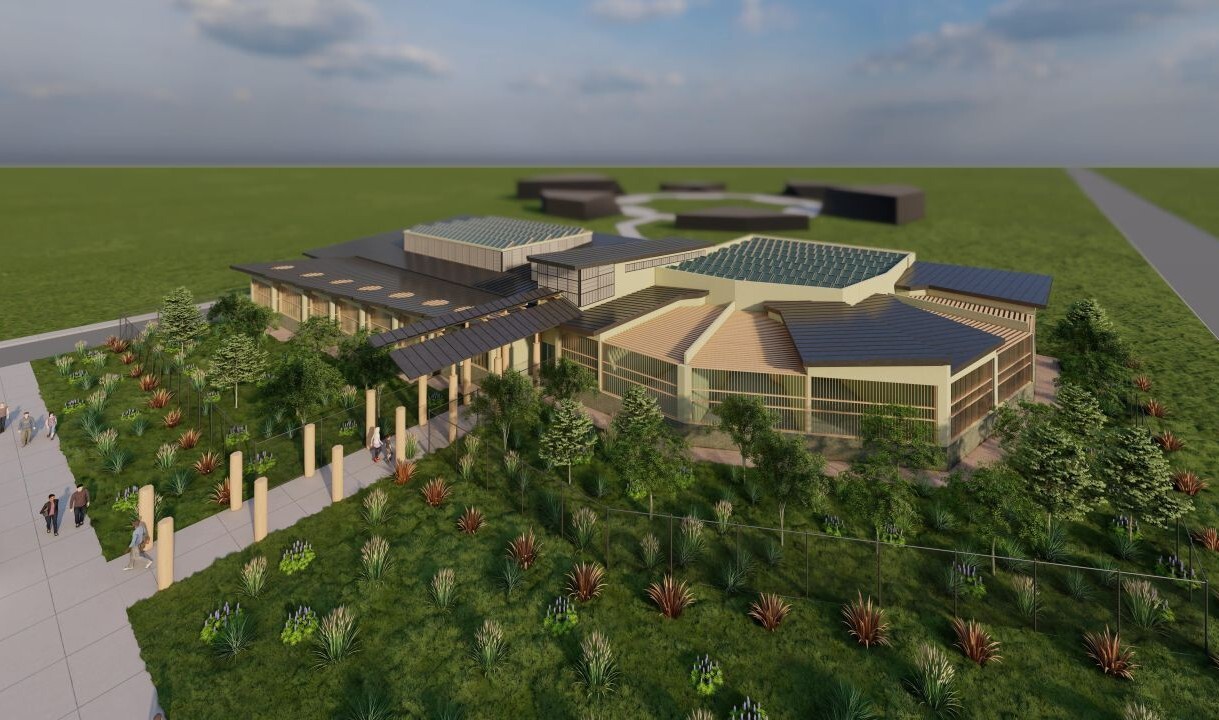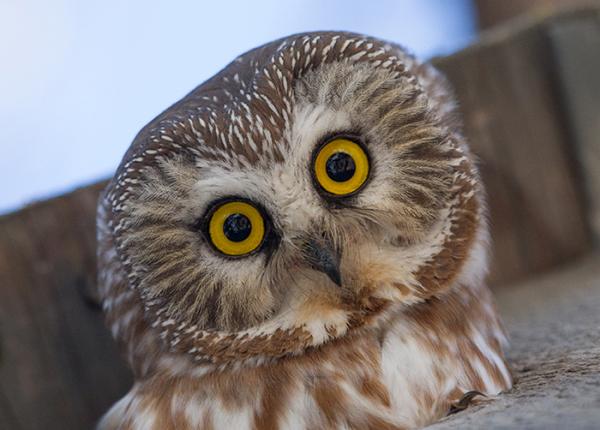Current IOC building
From KTTC
Who knew that owls could bring people from all over the world to Houston, Minnesota?
The International Owl Center sees thousands of visitors a year, but its current building isn’t the most accommodating for its visitors, staff, and birds.
Staff at the center say a new and bigger space will help facilitate the demand for programming, boost the region’s economic impact by $4.5 million, and bring in more owls.
Karla Bloem, the center’s executive director, says its current location was always intended to be temporary, to build programming and have more time to fundraise.
During the stay, Bloem says they’ve come across several limitations. “I mean, we’re very thankful for the space, but there’s one toilet,” Bloem said.
In addition, Bloem said the center has no parking lot, outdated plumbing, and little program space.
The new owl center is just a few blocks away near the Trailhead Park. The 22,000 square feet building will be nine times bigger than the current space.
It will feature two new program spaces, more bathrooms, a staff shower and an increase in the owl space from five to 28. One of the biggest features will be an owl aviary.
“It’s a design that was pioneered in Germany back in the 1980s, and several zoos in Europe have copied the concept. Nobody in the United States has yet, so these will be the first,” Bloem explained.
The fundraising goal for the new space is $17.3 million.
The center has raised about $1.6 million so far, all by private funds.
There is an online auction that closes on August 3.
The center is hosting its ‘Raise the Roost’ fundraising party on August 2 with a live auction, wine pull and an owl runway fashion show.
Some mock ups of the proposed facilities




More information, photos, and a video on the new proposed aviaries.
From the link:
The idea of the ambassador owls commuting to work is highly entertaining to me. I wonder if they hate to commute as much as humans do.
Yes!
Here is the section of the webinar where the lady talks about how annoying it is for her and the owls!
She says she spends 200 hours a year transporting them, which is taking her away from real work, and some of the owls, especially the wild ones, do not cooperate.
Some will only work a day or 2 a week, and some will only cooperate with certain people, so it can be a hassle for human and owl.
The new facility will let a good portion of the owls be in a permanent home there, where they won’t be touched or bothered except for medical exams.